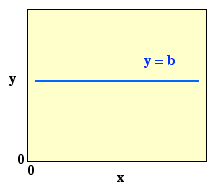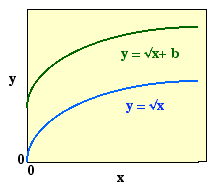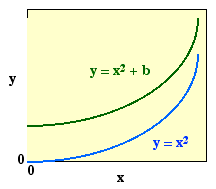
I. Introduction: Our textbook states that the Sun has a radius of 695,990 km (432,480 miles), and that the asteroid Ceres has a diameter of about 900 km (560 miles). Astronomers can't easily measure the sizes of the objects they look at -- they can't go to them measure them with a ruler. How do they know the sizes of distant objects?
The answer is, they measure them "remotely" from the Earth, using telescopes and some simple mathematics. This activity is the first in a pair that are designed to help you understand how astronomers measure the physical sizes of astronomical objects. In this activity, you will observe how the angular size and distance of one particular object are related. In class, we will extend this idea to all objects, and practice using the resulting formula to measure the physical sizes of some astronomical objects.
II. The Experiment: Let's imagine that you are on board a spaceship and your mission is to investigate a newly discovered planet. The movie below shows your approach to the planet. In the top panel (labeled "View From Above") we watch from a distance as your spaceship (the blue and yellow thing) approaches the planet (salmon circle).
Your spacecraft is equipped with a telescope, and as you approach, you take a series of pictures of the planet. You take the first picture from a distance of 8 million km, and take another picture every 1 million km as you approach. The pictures are shown in the bottom panel of the movie, labeled "Telescope View".
Watch the movie through several cycles (about 7 sec each), noticing the relationship between the distance between you and the planet at the angular size of the planet through the telescope. The red lines joining the front of your spacecraft with the edges of the planet in the top panel are another way of depicting the angular size of the planet.

Answer the following questions on your Answer Sheet (print one if you didn't get one in class):
1) In words, describe how the appearance of the planet -- specifically, its angular diameter -- changes as you get closer.2) Is the physical size of the planet (that is, its diameter measured in km or miles) changing as you approach? Explain.
This gives us a rough, or "qualitative", idea of what is changing as we approach. Let's develop a more precise, or "quantitative", way of relating angular size and distance (quantitative means using numbers or mathematical relationships).
To do this, measure the angular size of the planet on at least four of the movie frames below (click on them to enlarge). Consider carefully which frames will give you the most information. Make the measurement by comparing the diameter of the planet with the scale bar (you might hold a piece of paper against the screen and mark on it with a pencil -- don't get marks or finger prints on the screen!).
3) Enter your measurements in the table on your Answer Sheet, and plot the data on the graph. Connect the points on your graph with a smooth curve.
The curve you have produced contains information on the mathematical relationship between angular size and distance of an object. Let's compare your curve with curves that represent different mathematical functions. Below are 5 plots showing 8 different mathematical functions.
4) Which of the functions looks the most like the curve you plotted?





5) On the curve you plotted on your answer sheet, the x-axis measures the quantity _______________, while the y-axis measures the quantity ___________________. Substitute these quantity names into the equation you selected in Question 4 to define a new equation that describes what you observed in the movie:
_________________ = ________________________
But wait, the equation as we wrote it isn't quite correct -- plug in some numbers and see (e.g., 1 / 2x106 is not 20!). In our next class we will discuss what is still missing from this formula. Then we will expand it to include the physical size (e.g., in km) of the object and practice using the formula to determine the physical sizes of some astronomical objects.